Pick
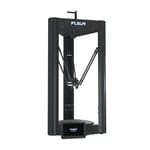

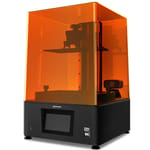
It’s sometimes shocking that one of the few things not Wi-Fi connected by default is 3D printers. In a world of “smart” everything you’d think, of all things, our home-manufacturing marvels would be networked. But that’s our reality, and it keeps this list of the best Wi-Fi-connected 3D printers fairly short.
Despite how easy and affordable adding Wi-Fi to a 3D printer is, stock networking still seems to be a rather premium feature mostly found in printers selling for well above $1,000. Though affordable options do exist, their implementation tends to be lackluster and severely limits usability and consumer choice — such as using your preferred slicer. So, be warned, though we’ve done our best to list printers within a range of budgets — all under $1,000 — our top picks are still on the high end.
But, if you’re looking for a cheaper solution, you can always bring your offline 3D printer online. Check out our guide to the best 3D printer Wi-Fi upgrades.
The FLSun V400, our Top Pick for FDM 3D printers, is an all-around impressive machine. It has a large, Ø300 x 410 mm build volume that is made short work of due to its 400 mm/s 3D printing capabilities. Interacting with the printer over a network is ideal, given the extremely user-friendly web interface granted by Klipper’s Mainsail OS and hefty internal storage.
Our Resin Top Pick 3D printer, the Phrozen Sonic Mighty 8K, also happens to boast a generous build volume at 218 x 123 x 235 mm. Its 8K resolution makes for some exceptionally detailed models that are only all the more impressive at that sort of scale. Though its Wi-Fi hardware is a little odd, relying on a USB dongle, it provides easy access to a file directory or the option to print directly from the Chitubox slicer.
| 3D Printer | Type | Build Volume | Price | Check Price (Commissions Earned) |
|---|---|---|---|---|
| FLSun V400 | FDM | Ø300 x 410 mm | $849 | |
| Flashforge Adventurer 4 | FDM | 220 x 200 x 250 mm | $849 | |
| Creality Sermoon V1 | FDM | 175 x 175 x 165 mm | $539 | |
| Voxelab Aries | FDM | 200 x 200 x 200 mm | $399 | |
| Phrozen Sonic Mighty 8K | Resin | 218 x 123 x 235 mm | $900 | |
| Anycubic Photon Mono X | Resin | 192 x 120 x 245 mm | $529 | |
| Nova3D Bene4 Mono | Resin | 130 x 80 x 150 mm | ~$350 | |
| Creality Halot-One | Resin | 127 x 80 x 160 mm | $289 | |
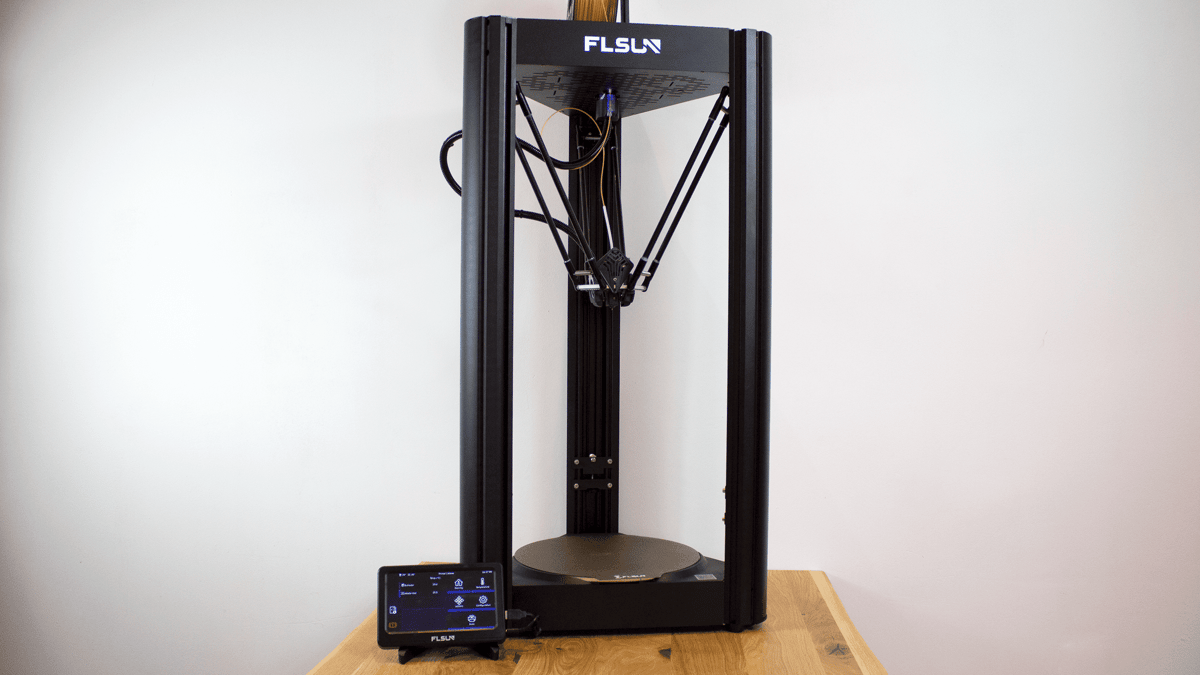
The latest delta 3D printer from FLSun, the V400, has generated a fair bit of noise due not just to being another speedy FLSun printer but also because it’s packaged with stock Klipper firmware – something that practically necessitates wireless connectivity.
Though the ~$850, Ø300 x 410 mm build volume V400 doesn’t include a camera of its own, it is set up for time-lapses by default. Plugging any USB camera into its interface, the Speeder Pad, will see you off to the races making those magic masterpieces.
The V400’s connectivity is managed by the Speeder Pad — a little unit with a big 16 GB eMMC internal memory that handles the printer’s processing. Taking care of that processing also means the V400’s direct control board doesn’t need to do a lot of computing, and that helps it to print so fast. Up to 400 mm/s, says FLSUN, giving the printer its name.
The Speeder Pad’s Klipper installation uses Mainsail OS, which provides a robust web interface for printer control, monitoring, and G-code upload. All around, the V400 is an excellent machine – and we said as much in our V400 review – which is why it’s our top pick for Wi-Fi-connected FDM 3D printers. Check that out if you want the nitty-gritty details.

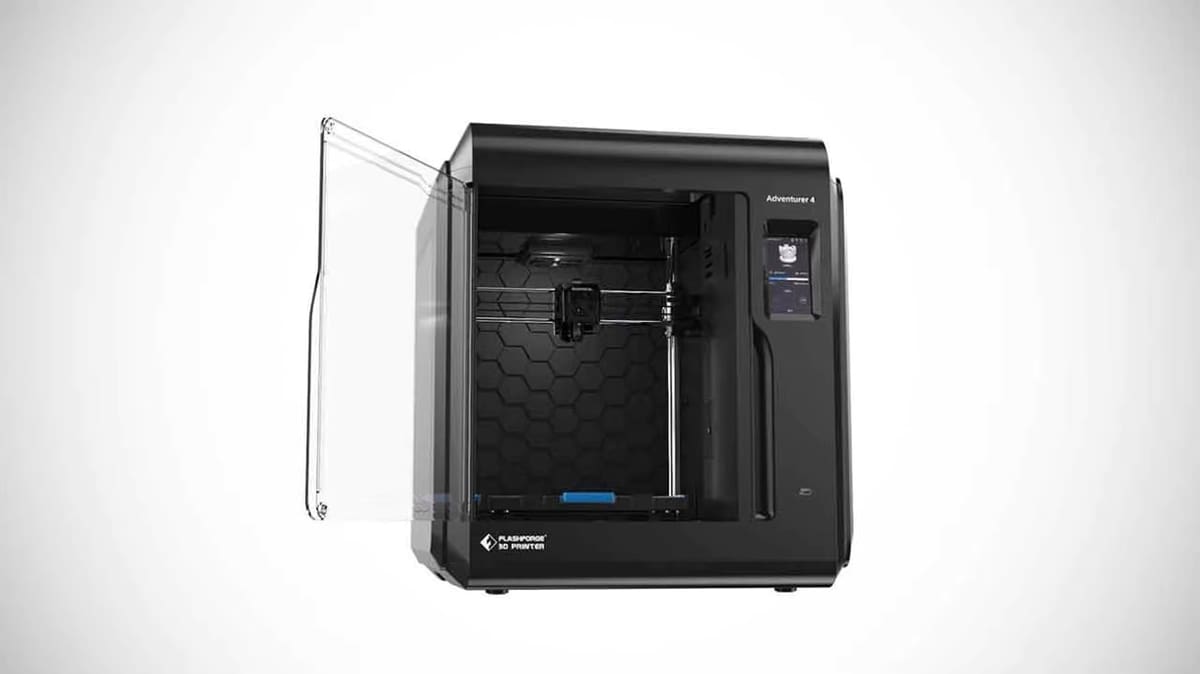
The Flashforge Adventurer 4 is a fully enclosed Wi-Fi-connected 3D printer with a 220 x 200 x 250 mm build volume. The ~$850 machine comes with a built-in camera, so you won’t need to source one yourself if you’re a fan of remote monitoring or time-lapses, and a HEPA13 air filter. If you don’t need the camera or air filter, you can opt for the Flashforge Adventurer 4 Lite and shave $120 from the price.
The Adventurer 4 uses proprietary quick-release nozzles that may be convenient, but are limiting in terms of sourcing. Keep in mind that these consumable parts will run you about $20 to $35 each. The leveling system is also a bit odd. The Adventurer 4’s bed is fixed, but users perform a 9-point calibration by adjusting offsets at each point via the touchscreen interface. A nuisance, but hopefully it stays level for longer with this system.
To print over Wi-Fi, users can use Flashforge’s local slicer, FlashPrint; its cloud slicer and repository, FlashCloud; or a similar third-party service that’s somewhat more robust called Polar Cloud. Unfortunately, FlashCloud only allows the upload of STL files and has an extremely limited online slicer. Polar Cloud allows many more file types to be uploaded, including pre-sliced G-code, providing the system with an online-only web interface that works with sliced files.

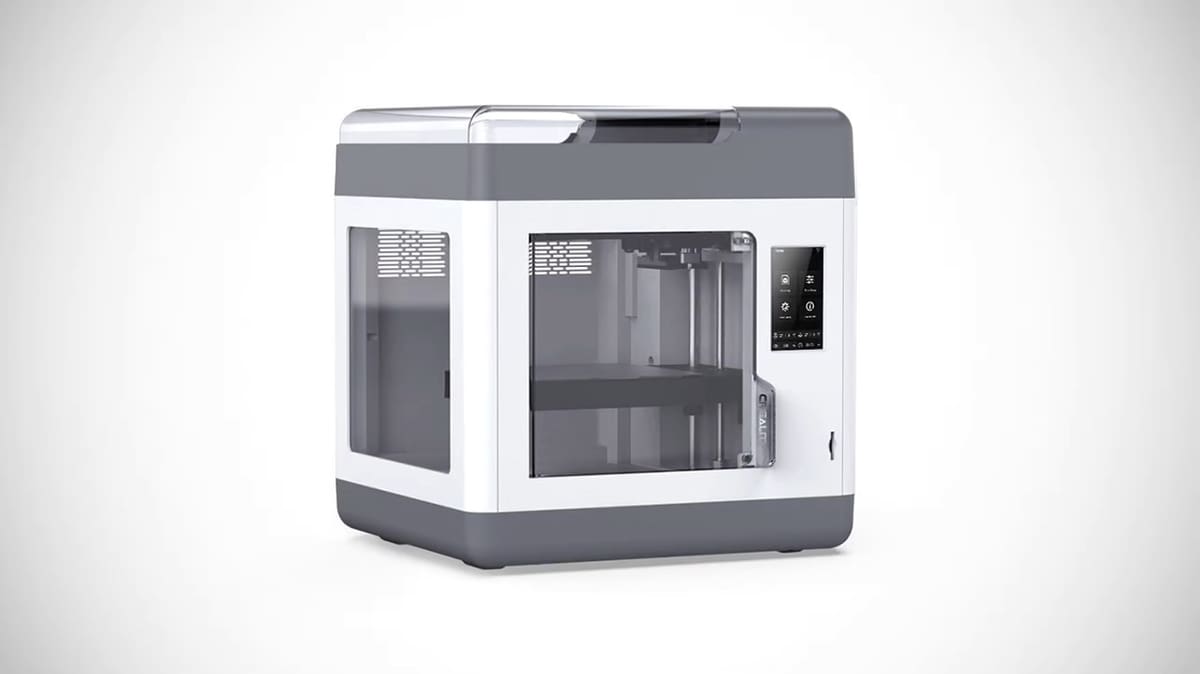
Creality’s Sermoon V1 is a fully enclosed Wi-Fi-connected 3D printer that features Creality’s impressive Sprite extruder – a lightweight direct extruder that we loved during our Ender 3 S1 review. The ~$540 printer has a relatively small 175 x 175 x 165 mm build volume and is billed as a 3D printer suitable for beginners.
Like all Creality’s Wi-Fi-connected printers, connectivity is somewhat limited by working exclusively through Creality’s app, Creality Cloud, which requires you to upload models to the Creality Cloud repository to slice them with a limited online slicer. You can list these models as private but Creality limits your storage for private models, and there’s a question of ethics if you have to upload models that aren’t your own to slice them.
You can easily grab files from Thingiverse with Creality’s import service, but that’s a big part of a controversy that’s been surrounding Creality Cloud since models are then added to Creality’s repository.
If you opt for the Sermoon V1’s Pro version for an additional $120, the printer also comes with a pre-installed camera for easy print monitoring and time-lapses.

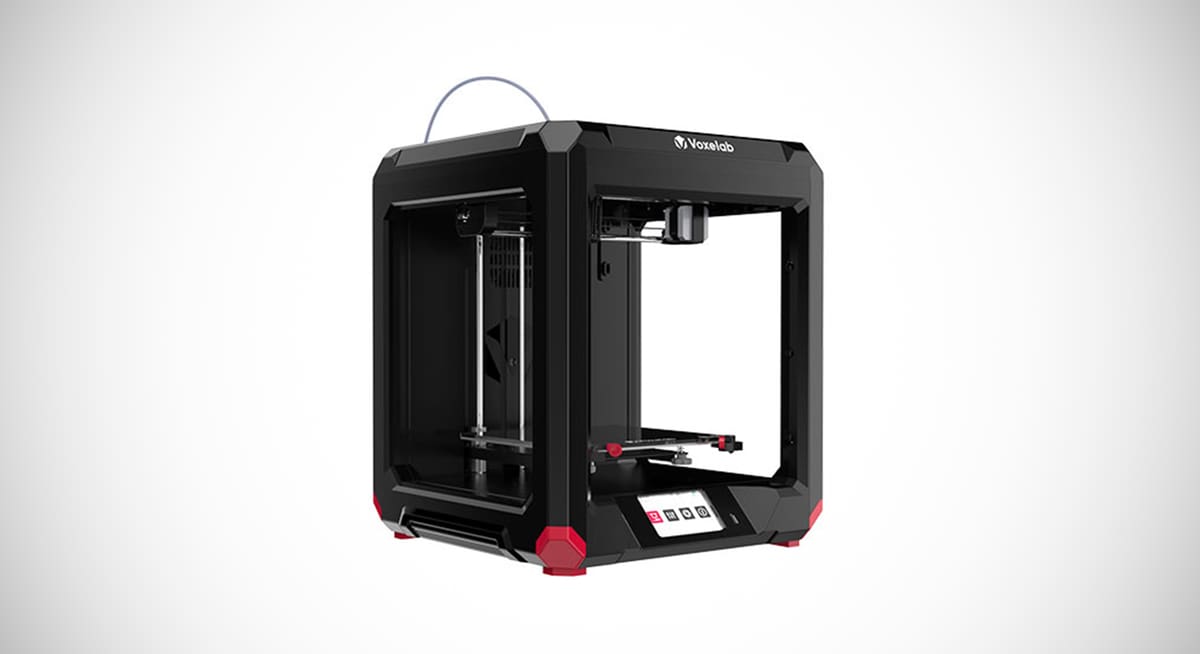
The Voxelab Aries is a 3D printer created by Flashforge’s budget branch and sold for ~$400, though it can often be found for ~$300, making it the most affordable FDM 3D printer on this list. It’s a simple open-air 200 x 200 x 200 mm build volume machine fit with LEDs to light up your prints and a quick-release build-plate mechanism. One standout feature is its photoelectric sensor, which is used to remember a precise position on power loss for improved print recovery.
To start prints over a network, the Aries’ Wi-Fi links up to Voxelab’s slicer, VoxelMaker, which is rather underwhelming as a slicer. Though VoxelMaker is far from our first choice as a slicer, it’s fine if you only need the most basic options for a quick print.

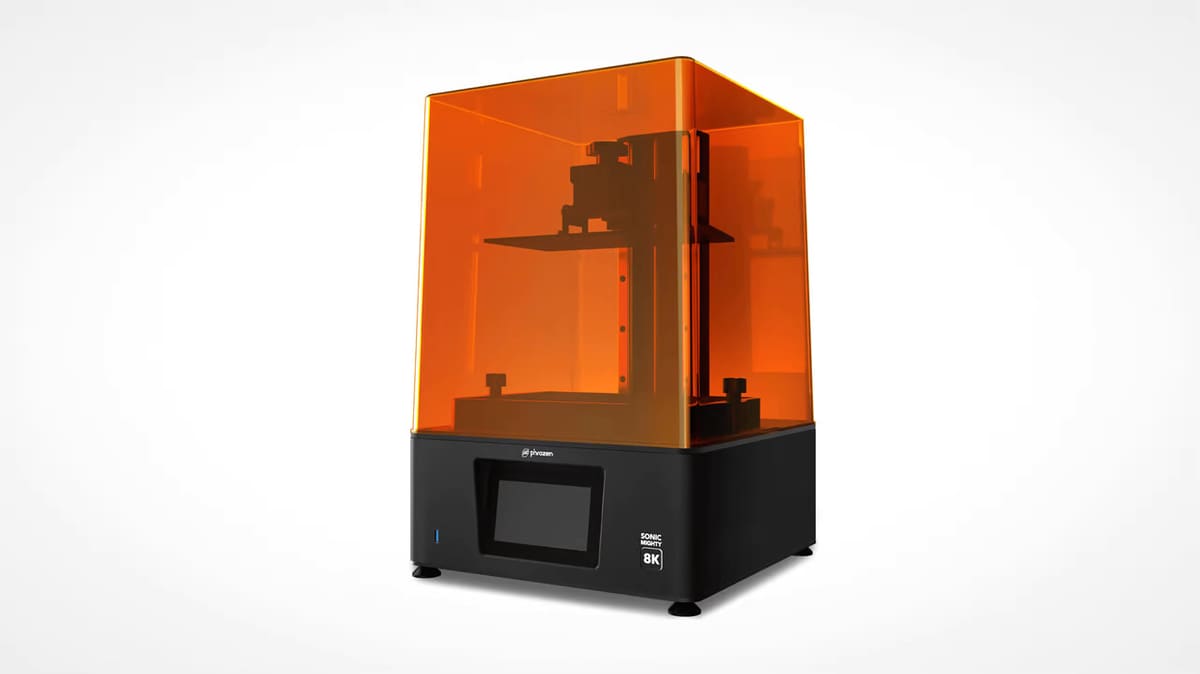
Phrozen’s Sonic Mighty 8K isn’t just the highest resolution MSLA 3D printer on this list, it’s also the chungus among-us. With a build volume of 218 x 123 x 235 mm and an XY resolution of 28 microns, the Mighty 8K can make some big, exceptionally detailed prints. But, at ~$900, it’s got a big price tag to match.
Oddly, the Mighty 8K’s wireless connectivity is handled through a USB dongle. Once plugged in, you can set up your internet connection via the printer’s touchscreen interface. After that, you can either transfer files by entering the machine’s IP in a file or web browser, or print directly from Chitubox.
Being an all-around exceptional 3D printer with enviable size and resolution while also providing directory access through its network connection — which allows for a lot more consumer choice than proprietary application-based solutions — the Phrozen Sonic Mighty 8K has earned its place as our Top Pick for Wi-Fi-connected resin 3D printers.

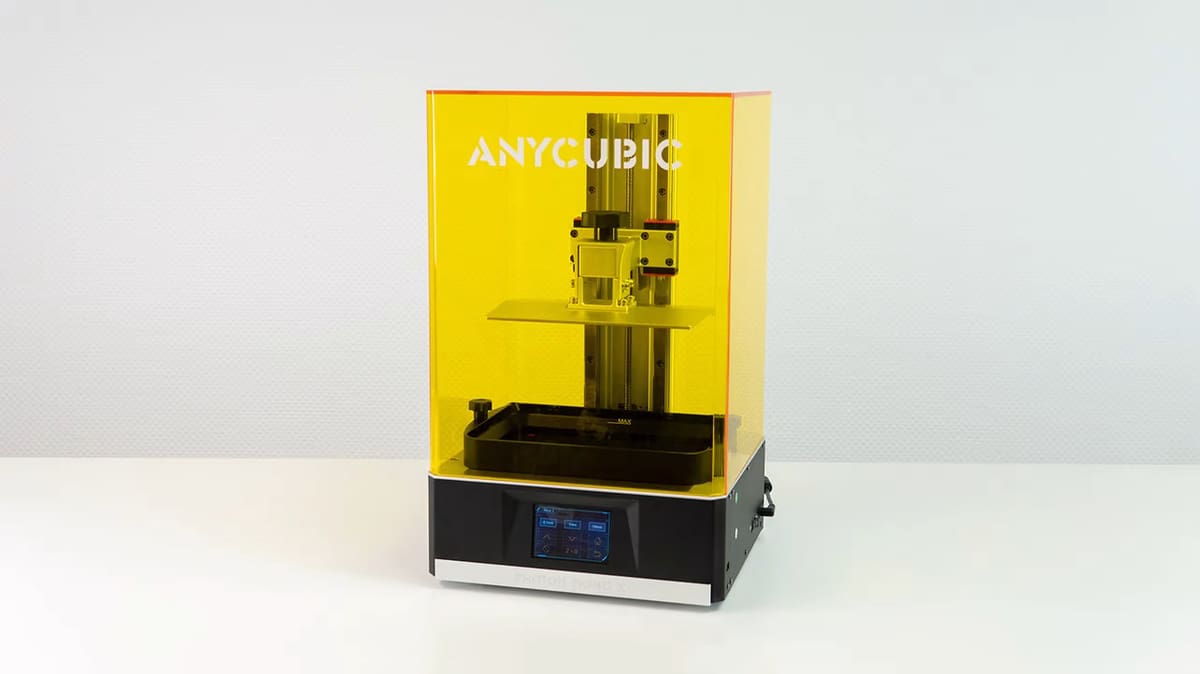
The Anycubic Photon Mono X is a 4K MSLA 3D printer that competes with the likes of the Mighty 8K with its 192 x 120 x 245 mm build volume. XY accuracy is less comparable at 50 microns, but at ~$530, you’ll save ~$370 for that sacrifice – and 4K still produces excellent prints. Might be worth it. If you’re not keen on losing so much resolution, the Photon Mono X 6K might serve as a good “in-between” compromise.
Unfortunately, Anycubic’s wireless setup is more limited than other Wi-Fi-enabled resin printers. Anycubic’s mobile app, Anycubic Cloud, handles the wireless printing but requires model uploads via Anycubic’s slicer, Photon Workshop, first. Since Anycubic Cloud’s promised desktop version isn’t available right now, you need two devices to start a print wirelessly instead of just starting it through the slicer.

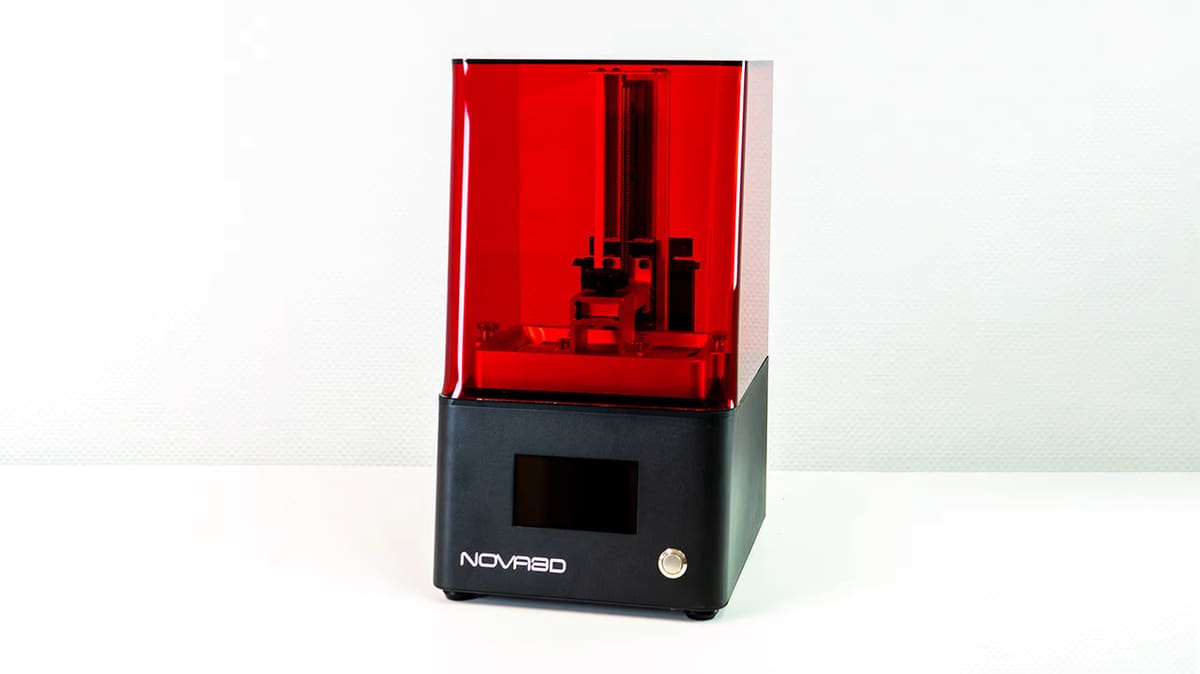
Nova3D’s Bene4 Mono is a wee little 130 x 80 x 150 mm build volume MSLA 3D printer that packs quite a punch for ~$350. Its wireless connectivity is complemented by 8 GB of internal storage for all that G-code and prints in a 2K resolution with a 50-micron XY accuracy, resulting in impressive quality for its price and quality-of-life features.
The Bene4 Mono can print directly from the Lyche slicer or Nova3D’s NovaMater. Unfortunately, NovaMaker was somehow print-ruining. Parts came out looking a lot more like Wile E. Coyote than we intended. Seriously – the prints were flat. Check out our Bene4 Mono review for details, and skip NovaMaker.

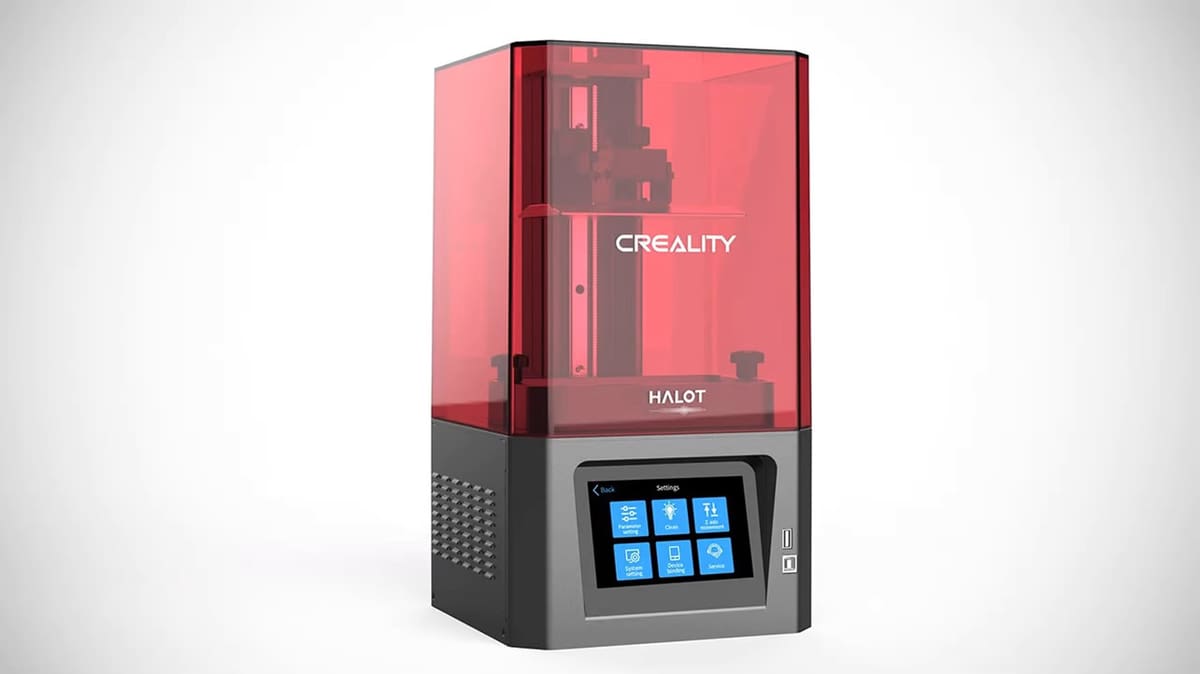
Creality’s Halot-One is another modestly sized MSLA 3D printer with its 127 x 80 x 160 mm build volume. It’s another printer with a 50-micron XY accuracy, but it is also the cheapest machine on this list. If it’s not quite what you’re looking for, there are a variety of Halot options offered by Creality, mostly differing in size but there are some more unique feature variations, too.
Like Creality’s FDM printers, the Halot series’ Wi-Fi connectivity is handled through the controversial Creality Cloud. So, you’ll need to upload prints before starting them there. Though Lychee supports the Halot series with a native profile, we’re not clear on whether direct networking is possible through the slicer. We suspect Creality is pushing folks to use its app.

There are enough decisions to make when you’re shopping for a 3D printer without adding a less common feature like Wi-Fi connectivity to the list. If Wi-Fi were a straightforward feature with standard compatibility in the 3D printer space, that would be one thing, a simple box to tick. But as it stands, there’s more to figure out than if a given 3D printer can simply talk to your network — and some options may be vastly preferable.
Below are two simple things to consider when you’re in the market for a Wi-Fi-capable 3D printer that will help you find a product that meets your needs, and maybe save you a buck.
Wi-Fi-compatible 3D printers communicate over your network in a variety of ways — and not all of them are as straightforward as you may like.
The first way is via a stylized local web interface. If you’ve used OctoPrint or Klipper, this is the sort of system you’ll be familiar with. Once identifying your hardware’s IP, you enter it into a web browser and are met with an interface that usually includes file upload, printer control, temperature readouts, and a console to control your printer. This is our preferred system as it’s easy to use and typically adds a ton of value beyond simply transferring files and starting prints.
Another form of connectivity is simple file transfer. With this system, you enter your hardware’s IP in a file explorer and are met with a folder just like one on your computer. This saves you the trouble of shuttling a USB or SD card back and forth from your printer, but you’ll usually still need to interact with your 3D printer directly to start prints.
Some 3D printers allow slicers to work with them directly by simply identifying the printer’s IP as you add the hardware. In the case of FDM 3D printers, this is usually limited to a brand’s custom slicer, some of which are pretty lackluster and make us avoid network printing in favor of our preferred slicers. Resin printers have it a little better here, where it seems to be more common that Wi-Fi-enabled 3D printers can work with the most popular slicers — Lychee and Chitubox.
Finally, there are proprietary applications that will almost invariably just tack the word “cloud” onto a brand’s name. Simply put, our experience with these apps is poor, and if you’re looking for a 3D printer that is easy to use over your network you should stay away from them. There are very few exceptions. In the case of exceptions, these applications are online-only web interfaces that work like a local web interface with a few community features. More typically, however, are the apps that require cloud slicing via an extremely limited interface to print remotely. Sometimes there’s even no desktop version of these applications, forcing you to send the files to your mobile device before cloud slicing.
Every Wi-Fi-enabled 3D printer should use one of these four networking methods. If you’re keen on a particular style, or want to avoid one like the plague, be sure to take a close look at how to print over a network with a particular system before you buy it. But be warned: the marketing and documentation around network features are often lacking, making it frustrating to wrap your head around at times.
Unfortunately, and surprisingly, stock networking is still a rather premium feature of 3D printers. Our current picks both sit at about $850, putting them near the high end of what we consider a “budget” 3D printer. But, once you get above this figure, you start seeing more systems with networking capabilities.
Those prices might put a bitter taste in your mouth if you plan to stick to the budget prices many quality 3D printers have come down to. If that’s the case, consider adding Wi-Fi to a 3D printer yourself.
Every 3D printer should be able to be made networkable one way or another — at the very least with a 3D printer host like OctoPrint. Adding a host can be as simple as plugging in a USB cable, and as affordable as a single-board computer like a Raspberry Pi (about $35), while providing the best kind of interface for operating printers over a network.
That said, there are plenty more options. Some are on the extreme end of affordability, like adding an ESP32 to your 3D printer’s mainboard, and some are a bit more straightforward, like picking up a plug-and-play 3D printer host.
If that sounds like the path you would prefer, check out our article about 3D printer Wi-Fi upgrades and see what catches your eye.
License: The text of "The Best Budget Wi-Fi 3D Printers" by All3DP is licensed under a Creative Commons Attribution 4.0 International License.
CERTAIN CONTENT THAT APPEARS ON THIS SITE COMES FROM AMAZON. THIS CONTENT IS PROVIDED ‘AS IS’ AND IS SUBJECT TO CHANGE OR REMOVAL AT ANY TIME.